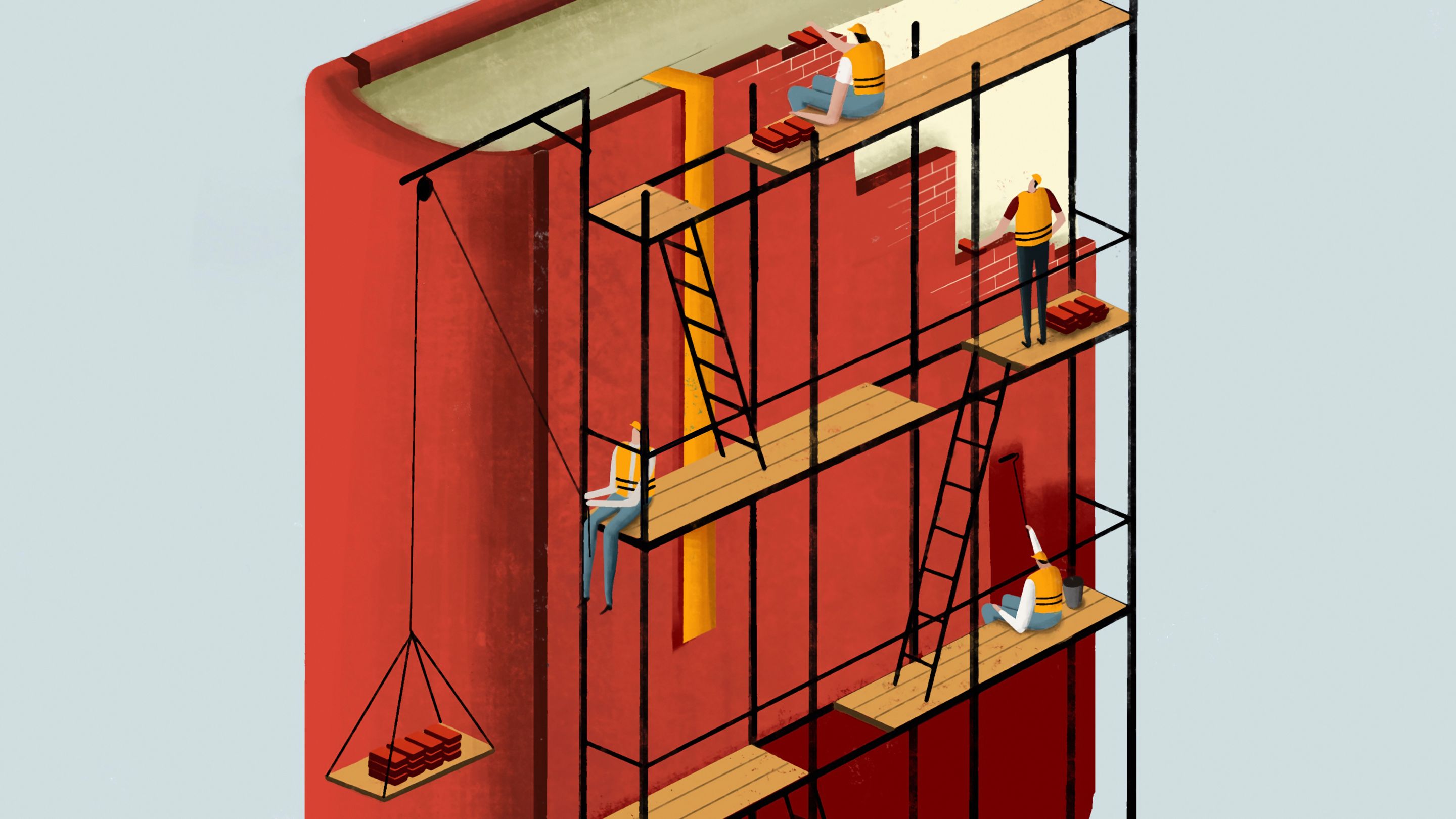2 June 2020
 What’s the opposite of scaffolding a lesson? Saying to students, “Read this nine-page science article, write a detailed essay on the topic it explores, and turn it in by Wednesday.” Yikes! No safety net, no parachute—they’re just left to their own devices.
What’s the opposite of scaffolding a lesson? Saying to students, “Read this nine-page science article, write a detailed essay on the topic it explores, and turn it in by Wednesday.” Yikes! No safety net, no parachute—they’re just left to their own devices.
Let’s start by agreeing that scaffolding a lesson and differentiating instruction are two different things. Scaffolding is breaking up the learning into chunks and providing a tool, or structure, with each piece. When scaffolding reading, for example, you might preview the text and discuss essential vocabulary, or chunk the book and then read and discuss as you go. With differentiation, you might give a child an entirely different piece of text to read, or shorten the text or alter it, or modify the writing assignment that follows.
Simply put, scaffolding is what you do first with kids. For those students who are still struggling, you may need to differentiate by modifying an assignment or making accommodations like choosing a more accessible text or assigning an alternative project.
So let’s get to some scaffolding strategies you may or may not have tried yet. Or perhaps you’ve not used them in some time and need a gentle reminder on how awesome and helpful they can be when it comes to student learning.
TAP INTO PRIOR KNOWLEDGE
Ask students to share their own experiences, hunches, and ideas about the content or concept of study and have them relate and connect it to their own lives. Sometimes you may have to offer hints and suggestions, leading them to the connections a bit, but once they get there, they will grasp the content as their own.
GIVE TIME TO TALK
All learners need time to process new ideas and information. They also need time to verbally make sense of and articulate their learning with the community of learners who are engaged in the same experience and journey. As we all know, structured discussions really work best with children regardless of their level of maturation.
USE VISUAL AIDS
Graphic organizers, pictures, and charts can all serve as scaffolding tools. Graphic organizers are very specific in that they help kids visually represent their ideas, organize information, and grasp concepts such as sequencing and cause and effect.
PAUSE, ASK QUESTIONS, PAUSE, REVIEW
This is a wonderful way to check for understanding while students read a chunk of difficult text or learn a new concept or content. Here’s how this strategy works: Share a new idea from discussion or the reading, then pause (providing think time), and then ask a strategic question, pausing again.
— Jerome Bruner, The Culture of Education

No comments:
Post a Comment